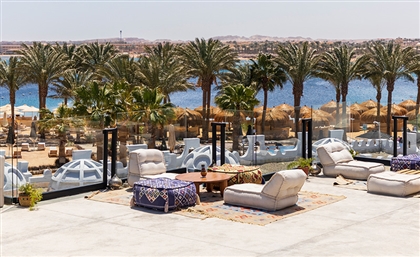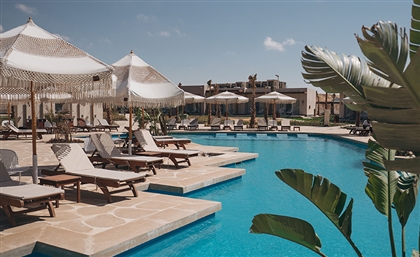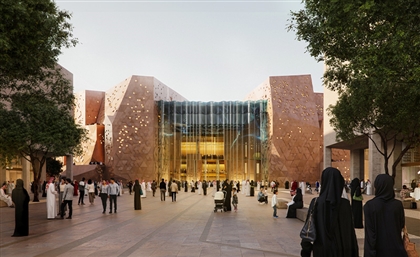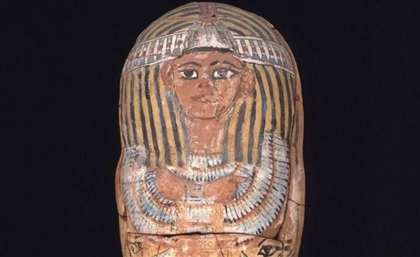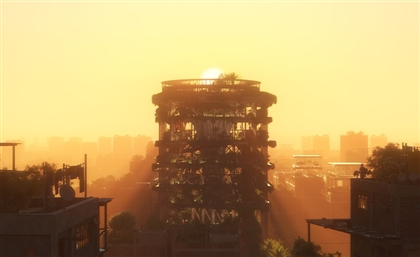Copied
Holding Down the UAE’s Forts: Traditional Forts Around the Emirates
Dating back decades – or centuries – these fortified buildings are a lasting testament to the UAE’s rich history.
Apr 24, 2024
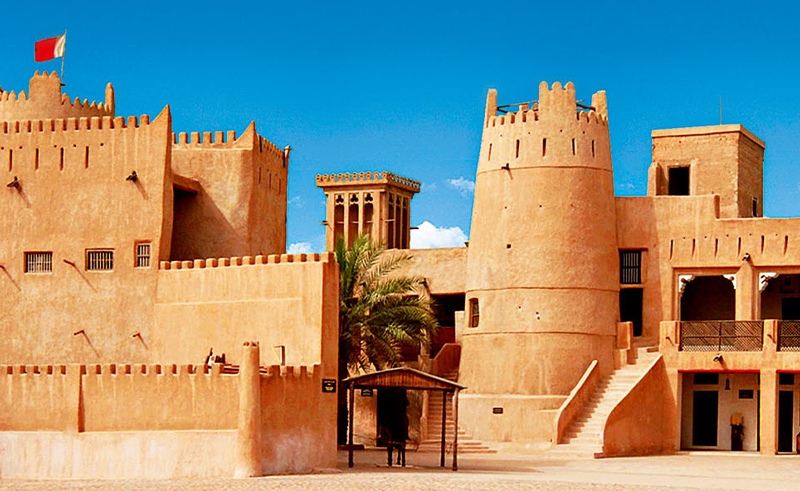
Not far from the ever-glistening modern cities of the UAE lie sand-coloured forts dating back centuries, constructed from the very materials around which they stand – mud bricks and palm trees.
With some offering panoramic views across neighbouring countries and beyond nearby shores, and others residing within expansive new cities, these forts tell the story of the Emirates across the last few hundred years – a history that will never fade into distant memory as long as these impressive structures continue to stand.
Dhayah Fort – Ras Al Khaimah
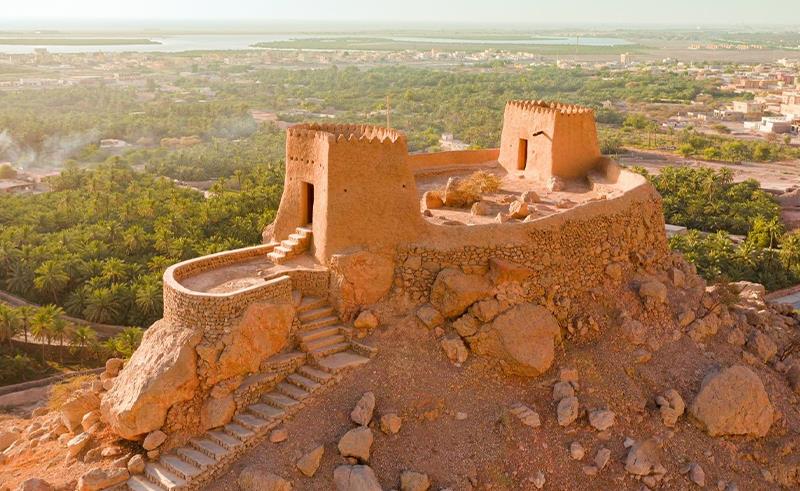
The only remaining hill fort in the UAE, Dhayah Fort dates back to the Late Bronze Age (1600 - 1300 BC).
Surrounded by arid mountains and fertile wadis in the north of Ras Al Khaimah, the twin-peaked mud-brick fortress that stands today features 239 steps zigzagging up the hill and offers views across neighbouring Oman, as well as the sea.
Fujairah Fort – Fujairah
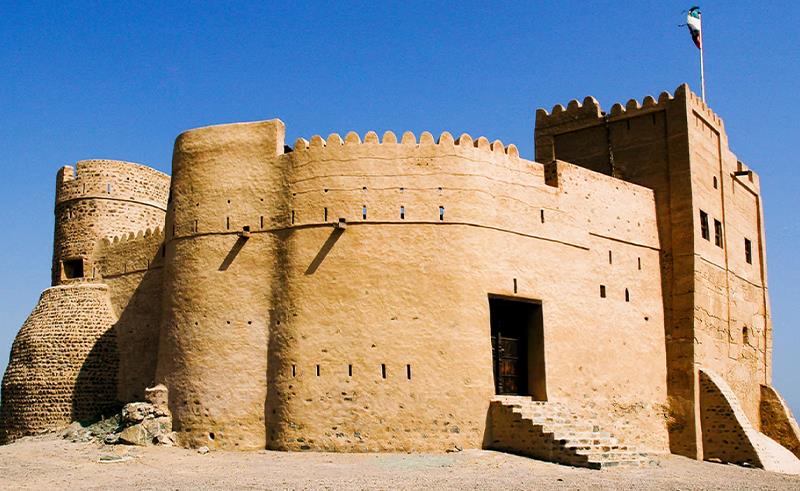
Around one kilometre from Fujairah’s coast lies this mesmerising fort, one of the oldest and largest in the Emirates.
Comprising four towers – three circular and one rectangular – Fujairah Fort’s 20-metre vantage point provides great views across the shoreline, as well as the modern city of Fujairah only two kilometres away.
Al Fahidi Fort – Dubai
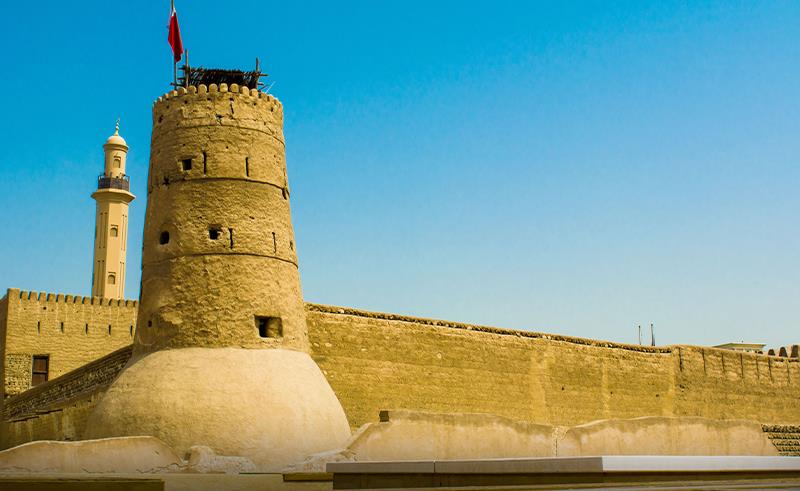
Home to the Dubai Museum, the Fahidi Fort is the oldest existing building in the city, with the oldest tower dating back to 1787.
Over the course of its history, it has served as a fortified palace, a garrison, a prison, and – since 1971 – a museum.
Though the building has seen significant restoration over the years – not least due to attacks in early history – traditional building materials and practices have been used throughout its life.
Al Hisn Fort – Sharjah
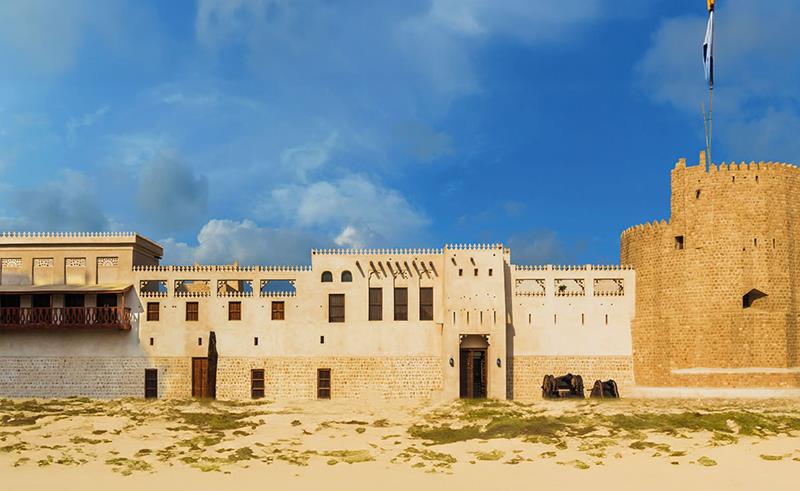
Originally constructed in 1820, almost the entire fort was demolished in 1970 by Sheikh Khalid bin Muhammad Al Qasimi, who wished to destroy all traces of the previous ruler.
Only a single tower remained and was saved by the current ruler, Sultan bin Muhammad Al Qasimi, when he heard of the demolition whilst studying in Cairo.
Since then, the fort has been faithfully restored, complete with its original doors and windows.
Al Hayl Fort – Fujairah
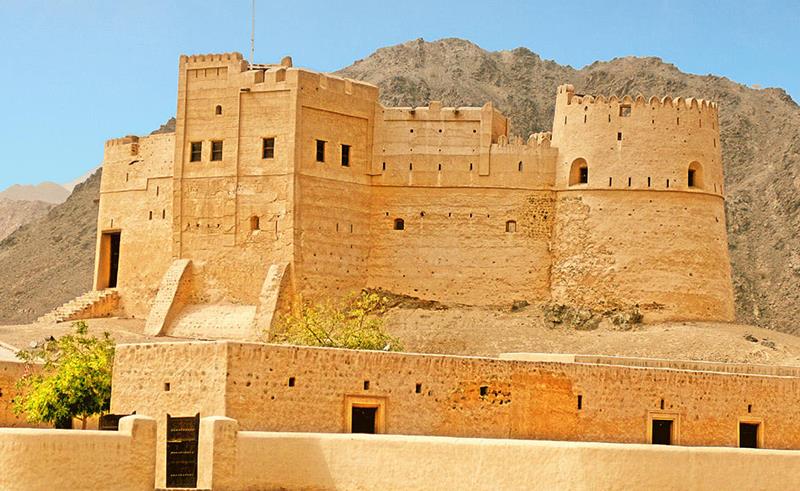
In the West of Fujairah stands Al Hayl Fort, constructed by Sheikh Abdullah bin Hamdan Al Sharqi in 1932, who would use it as his principal residence for two decades.
Spread across a central fortified courtyard house and a commanding watchtower, the fort boasts views of the eastern and western sides of the picturesque Wadi Hayl.
Dhafeer Fort – Abu Dhabi
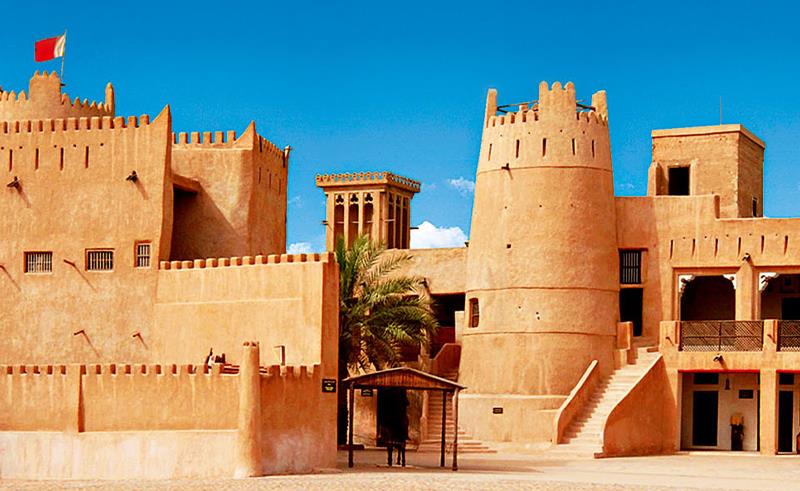
Located in Abu Dhabi’s Liwa Oasis, Dhaffeer Fort, also known as Al Hamily Tower, is believed to have been built during the 19th century – little else is known of the history of the fort.
Built along the northern edge of the Empty Quarter (Rub’ Al Khali), the fort is believed to have been built by the local Bani Yas tribe, who began to construct fortified buildings in the mid-19th and early 20th century to protect their precious wells and to provide shelter to passing nomadic tribes.
Al Jahili Fort – Al Ain
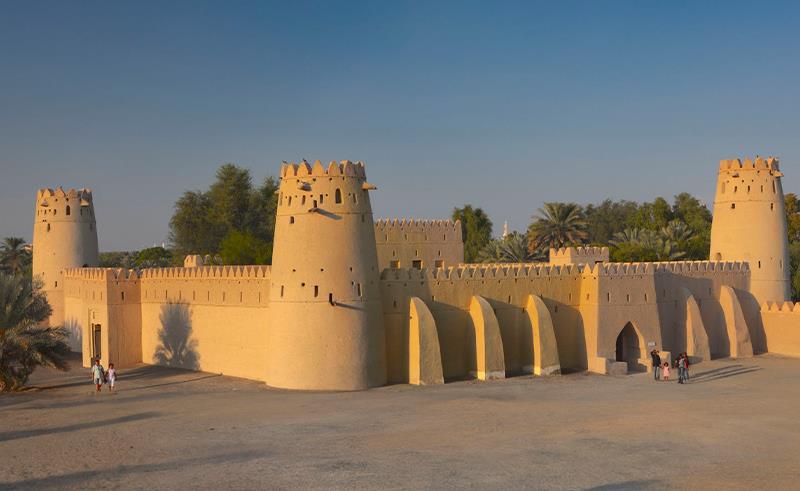
Established in 1891 to protect local palm farmers, Al Jahili Fort is located in the southern part of Al Ain, near its border with Oman. As such, it was seized by Omani scouts at one point in its history in an attempt to maintain inter-tribal peace.
The square fort’s sides are 35 metres long, making it one of the largest in the city, featuring two circular watchtowers and a main rectangular tower, reaching as high as 14 metres.
Qutuf Fort – Abu Dhabi
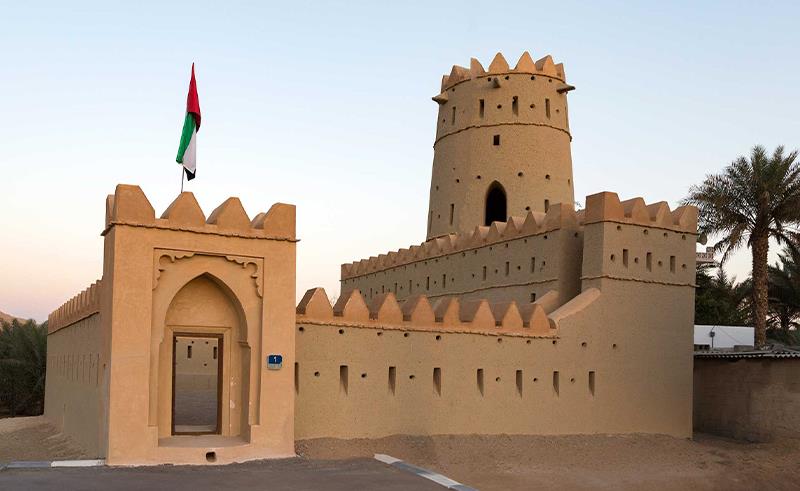
Also found in Abu Dhabi’s Liwa Oasis is Qutuf Fort, which shares much of its history with Dhafeer Fort in the sense that not much is known about it other than its construction likely dates back to the mid-19th century.
The fort’s main walls are built out of mud bricks and cob, with palm tree trunks used for the ceilings. Additionally, Qutuf Fort features only one round tower, located on its southern wall.
Ajman Fort – Ajman
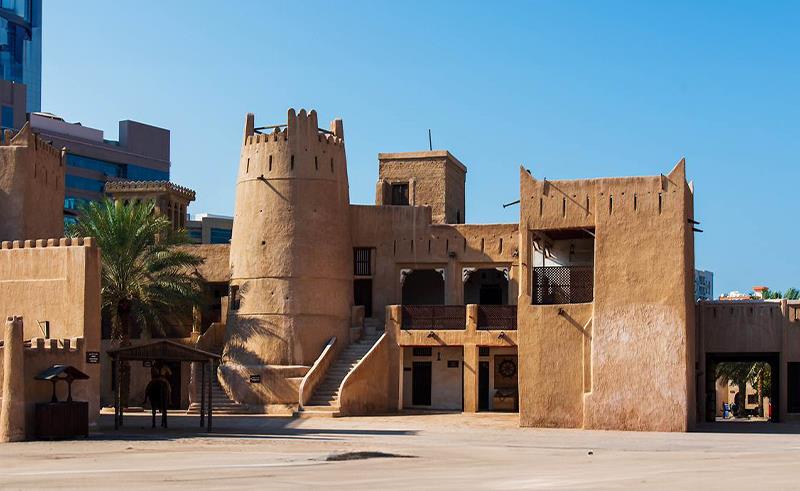
First built in the late 18th century, Ajman Fort lies in the centre of the city of Ajman.
The original building was destroyed by British war ships in 1820 and rebuilt between 1838 and 1841 by Sheikh Humaid bin Rashid Al Nuaimi. From then on, the fort continued to be used as a royal residence until 1970.
In the 80s, the fort was completely rebuilt after parts fell into disrepair and was subsequently transformed into Ajman Museum, which is open to visitors.
- Previous Article Ziad Zaza - Red Bull Sada Sot Talks
- Next Article EU Announces Five-Year Visa for Saudi, Omani and Bahraini Nationals
Trending This Week
-
May 01, 2024




